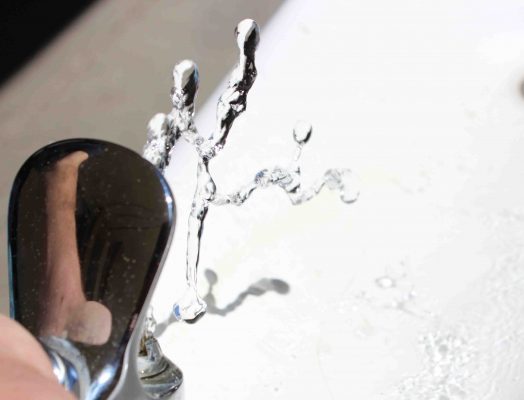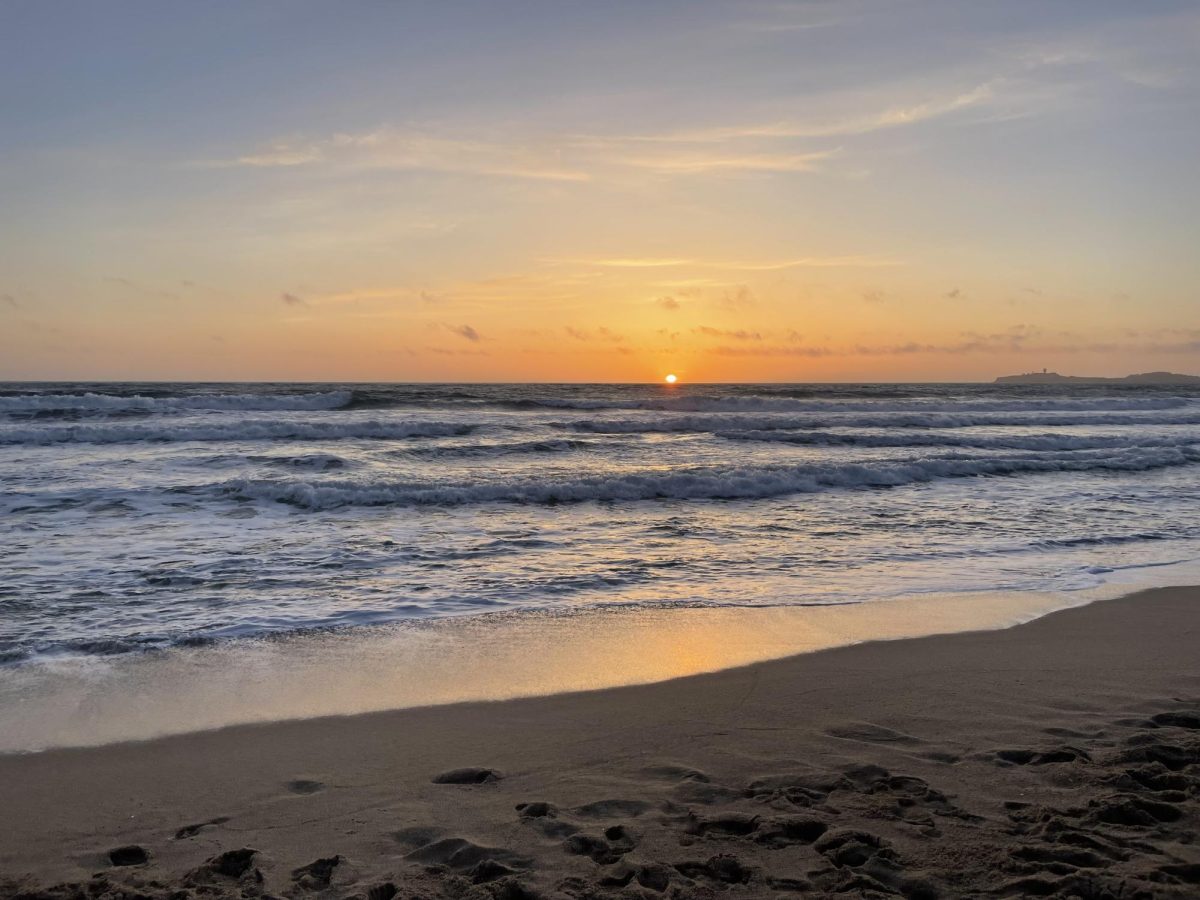As the California drought continues, people are taking advantage of the small amount of water available in the Bay Area.
California is currently in the fifth year of its worst drought in over a century, according to the West Wide Drought Tracker. Similar to the debate around climate change, this scientifically proven fact has its doubters.
One of the largest doubters is running for one of the most highest ranking positions in the country .
While visiting the state in May, Donald Drumpf told Fact Check that there was no drought in California and water management was our problem.
However, sometimes nature speaks louder than words.
Selby Lane, located just a quarter mile of Woodside High School, is framed by dirt and yellowed remnants of what used to be a lawn on the left side of the street, while on the right, some houses feature plants from the rainforest, and sprinkler systems that flow into the street.
Many Californians however, have a shared respect for water conservation, and responsible water use.
“I believe we should all be aware of how much water we use and try to reduce when we can,” Ralph Richbourg, a San Jose resident says.
Even with widespread awareness, the problem persists. Children have been singing, “Don’t let the Water Run,” since Selena Gomez was on Barney. Possible contributing factors to this ongoing behavior could be economic. For wealthy people, they may believe that they are protected from the effects of the drought. California’s drought plans are built upon economic models, an intricate ladder of limits and fines.
“I do not believe that water is being conserved equally throughout all parts of California,” Allison Chao, Menlo Park resident explains. Recently, Chao has decided to apply good conservation habits into her own life by only watering her lawn every three days.
What people on both sides of the water usage debate fail to realize is what is happening at the state level beyond their lush neighborhoods. Eighty percent of California’s water is used for agriculture according to Kenneth Miller.
“Sadly, I am beginning to realize that no matter how much we individually try to conserve, it won’t mean much unless the agricultural companies are on board,” Ralph Richbourg says.
What complicates the matter is that California agriculture represents 46 billion dollars to the California economy, and produces 25% of the country’s food, according to the Los Angeles Times writer Kenneth Miller.
With this knowledge, California residents must take into account that it may be difficult to make changes with how water is being used through agriculture without affecting the economy. This reveals the complexity of the issue. Now as a society, the challenge is moving forward.
According to NOAA (National Oceanic and Atmospheric Administration) the California Drought will likely persist or intensify.
“I think mandatory efforts by restaurants to only serve water and refill water upon request is important,” Chao says. “I think using reclaimed water for landscape watering at commercial buildings should be required,”




